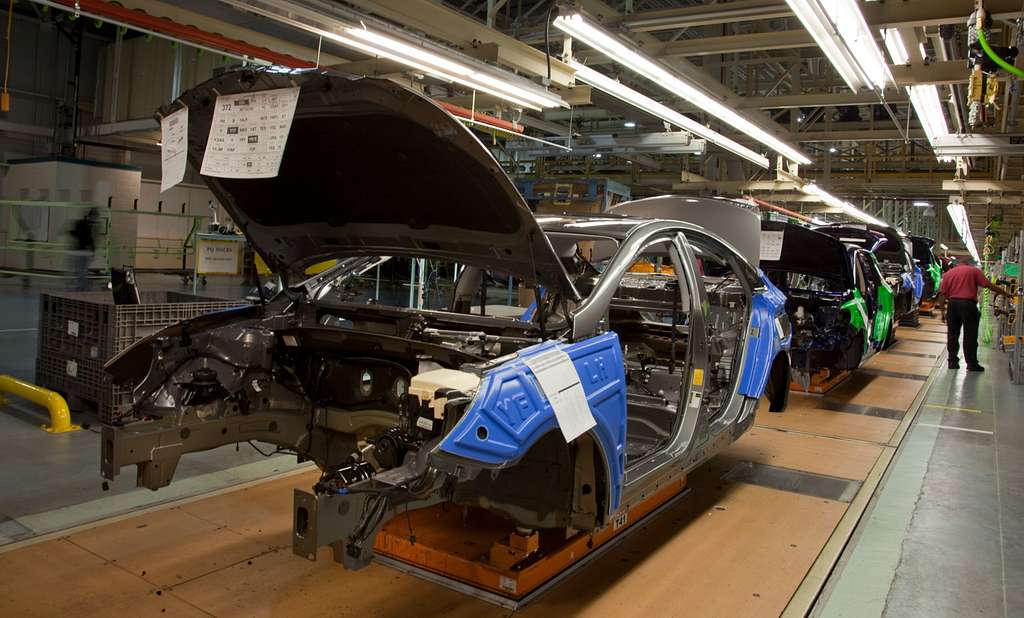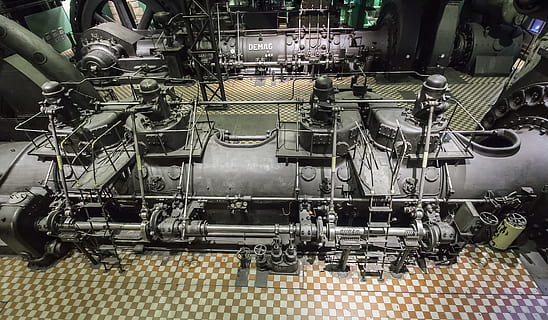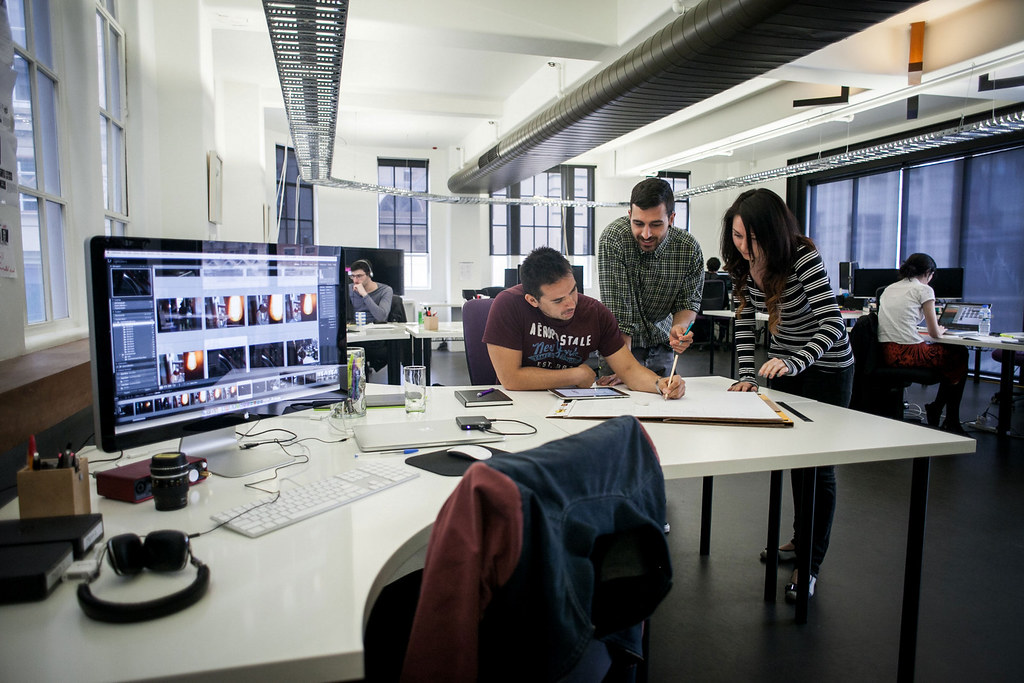The Art and Evolution of Manufacture: Shaping the Modern World

Manufacture, at its most basic level, refers to the process of transforming raw materials into finished goods on a large scale. From the intricacies of handmade craftsmanship to the streamlined efficiency of mass production, the act of manufacturing has been a defining force throughout human history. It has not only driven technological innovation but has also profoundly influenced economies, societies, and cultures. In the modern era, the concept of manufacture is multifaceted, intertwining advanced technology, precision engineering, sustainability efforts, and the age-old need to create products that meet the demands of a global market. As industries adapt to the new challenges and opportunities of the 21st century, manufacturing remains an essential pillar of economic growth, providing the foundation upon which many industries are built. This article will delve into the historical evolution of manufacturing, explore the key factors shaping its current landscape, and consider the future of this ever-evolving field.
The Birth of Manufacturing: From Handcraft to Industrialization
The roots of manufacturing are ancient, stretching back to pre-industrial civilizations when skilled artisans hand-crafted everything from pottery to tools. This early form of manufacture was labor-intensive, with each item made by hand, often in small quantities. Craftsmanship was not only a means of creating goods but also a vital expression of culture and identity. Whether in the production of textiles, jewelry, or furniture, each piece was a unique product of human labor and skill.
However, the Industrial Revolution, which began in the late 18th century, revolutionized manufacturing by introducing machinery, mass production, and factory systems. The ability to automate processes, use powered machines, and produce goods on a scale never before imagined transformed economies and societies. The invention of the steam engine, the mechanization of textile production, and the assembly line model—pioneered by figures such as Henry Ford—made it possible to produce large quantities of standardized goods at lower costs. This era marked the shift from a craft-based economy to an industrial one, and it set the stage for the modern manufacturing landscape that would emerge over the next few centuries.
The Modern Manufacturing Landscape: Efficiency, Automation, and Globalization
As we move further into the 21st century, manufacturing has become a highly sophisticated, multi-disciplinary field that leverages both advanced technologies and innovative business strategies. Today, manufacturing encompasses everything from traditional heavy industries such as steel, automotive, and machinery to cutting-edge sectors like electronics, aerospace, and pharmaceuticals. The rise of automation and robotics has played a crucial role in transforming manufacturing operations. Automated assembly lines, robotic arms, and artificial intelligence (AI) are now commonplace in factories around the world. These innovations allow manufacturers to achieve unparalleled precision, efficiency, and scalability while reducing human error and increasing production speed.
Automation has significantly altered the dynamics of labor in manufacturing, reducing the need for manual labor in many areas. However, this shift has also led to the creation of new job categories that require technical expertise in programming, robotics, and data analysis. Moreover, manufacturing systems today are increasingly integrated through the Internet of Things (IoT), where machines and systems communicate with each other in real-time, optimizing production processes and supply chains. This level of connectivity allows for predictive maintenance, inventory management, and demand forecasting, which help to ensure that factories run smoothly and efficiently.
The globalization of manufacturing has further changed the landscape. Companies can now source raw materials, components, and labor from virtually anywhere in the world. Countries with lower labor costs, such as China, India, and Mexico, have become key players in the global manufacturing network. This has resulted in the offshoring of many industries, particularly in the textile, electronics, and consumer goods sectors. While this globalized supply chain model has led to cheaper production costs and more affordable goods, it has also raised concerns about job displacement, environmental impacts, and the ethical implications of low-wage labor in developing countries.
Sustainability and Ethical Manufacturing: A New Paradigm
As the environmental and social consequences of manufacturing have become more apparent, sustainability has emerged as a key concern in the industry. The environmental impact of mass manufacturing—especially in terms of resource depletion, energy consumption, and waste generation—has prompted a reevaluation of production processes. Traditional methods of manufacture, often reliant on fossil fuels, have been scrutinized for their contribution to climate change, while the extraction of raw materials has raised ethical questions related to labor rights and resource management.
In response to these challenges, many manufacturers are adopting more sustainable practices. The use of renewable energy sources, such as wind and solar power, has gained traction in manufacturing facilities, helping to reduce the carbon footprint of production processes. Additionally, there is a growing focus on circular economy models, where products are designed for longevity, repairability, and recyclability. In these models, manufacturers aim to reduce waste and increase the lifespan of products, ensuring that resources are used more efficiently and that end-of-life items are reintegrated into the production cycle.
Ethical manufacturing practices are also gaining prominence. Consumers, particularly in Western markets, are increasingly concerned with how and where their products are made. Brands that uphold high standards in terms of fair labor practices, humane working conditions, and responsible sourcing are finding favor with a growing segment of the population. Certifications like Fair Trade and B Corp, which signify adherence to ethical and environmental standards, are becoming important considerations for companies seeking to build consumer trust and loyalty.
The Future of Manufacture: Innovation, Customization, and Smart Factories
Looking to the future, the future of manufacturing is shaped by several key trends, many of which are driven by technological innovation. One of the most exciting developments is the rise of smart factories. These are highly automated, data-driven manufacturing environments where machines are interconnected and capable of making real-time decisions to optimize production. The integration of artificial intelligence, machine learning, and big data analytics is transforming how products are designed, tested, and manufactured, enabling faster innovation cycles and more precise production.
Additive manufacturing, or 3D printing, is another game-changer in the world of manufacturing. This technology, which builds products layer by layer, allows for highly customized, on-demand production with little waste. Unlike traditional manufacturing, which often requires expensive molds and tooling, 3D printing enables manufacturers to create complex shapes and designs at a fraction of the cost. It also allows for the production of one-off items, small batches, and prototype testing—all without the need for large-scale investment in machinery. Industries like aerospace, medical devices, and automotive are already leveraging 3D printing to create lighter, more efficient, and custom-engineered components.
Customization is also becoming a central theme in the manufacturing world. Consumers are no longer satisfied with off-the-shelf products; they want products tailored to their individual preferences. Advances in digital technologies, such as AI and advanced robotics, have made mass customization a reality. Whether it’s bespoke clothing, personalized electronics, or customized home furnishings, manufacturers are increasingly offering consumers the option to design products that suit their exact needs. This shift toward personalized production is reshaping entire industries, pushing companies to rethink how they deliver value to their customers.
Conclusion: The Continuing Evolution of Manufacture
Manufacture, in its many forms, is a cornerstone of the modern world. From the earliest days of handcrafting to the automated factories of today, manufacturing has been central to human progress and innovation. It has enabled us to build the infrastructure of our societies, fueled economic growth, and provided the goods that have become integral to everyday life. However, as we move forward, the manufacturing landscape will continue to evolve in response to changing technological, environmental, and societal demands. Sustainable practices, ethical considerations, and cutting-edge technologies will guide the next phase of manufacturing, shaping not only the products we consume but also the world in which we live. As we enter an age where the boundaries between the digital and physical worlds blur, manufacturing will remain at the forefront of creativity, efficiency, and progress—ushering in a new era of possibilities.











